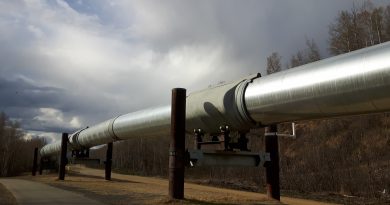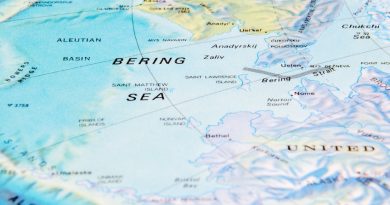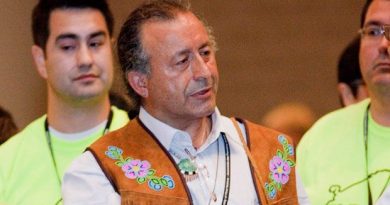State releases report on health care access for Alaska’s poorest populations

A state analysis released Tuesday examines the health care services that are available, or lacking, for Alaska’s poorest populations.
The report, commissioned by Gov. Sean Parnell in November, tasked the Department of Health and Social Services with analyzing who lacks coverage and exactly where state and federal money goes in providing health care to impoverished Alaskans. It was released Tuesday following months of research. In mid-May, DHSS Commissioner William Streur said that drilling down the exact number of Alaskans lacking access to health care was much more difficult than the department had anticipated.
The analysis comes after the state decided to opt out of a Medicaid expansion in November; by not expanding the program, a so-called “Medicaid gap” was created for childless Alaskans earning less than the federal poverty level who are not eligible for federal subsidies through Healthcare.gov, and are likewise not eligible for Medicaid.
The report estimates that between 10,000 and 12,000 Alaskans fall into a health care services gap, the same number Streur estimated in mid-May. The Alaskans in this group are childless adults up to age 64 who have an income of less than $14,859 for a household of one. They are not covered by insurance, tribal organizations, Medicaid, or other government programs.
While the state can “come close” to estimating how many Alaskans lack access to health care, “it is a far more complex exercise to understand specifically who comprises that gap population,” the report states. It notes that some Alaskans do not seek out health care services, except for in emergencies. Gaps in coverage exist, but are “more limited than what is perceived,” the report states.
Other highlights of the report include:
• Poor Alaskans generally have access to primary and preventive care, regardless of community size, with over 200 tribal health clinics and community health centers providing care in 176 communities.
• Specialty care is harder to come by on a statewide level. The widest array of specialty care is available in Anchorage, and to a lesser degree, Fairbanks. The report points to Anchorage Project Access as a way to access specialty care, or through “charity care” — when a provider decides to pay for the services of a poor Alaskan free-of-charge.
• Gaps in inpatient and specialty care — including imaging technology, radiation and chemotherapy, oncology, and certain prescription drugs — are “perhaps the most challenging areas to address,” the report states.
• Alaskans struggling with mental illness or substance abuse who require inpatient care may “crowd out” those who have a less severe need, the report states. This creates a gap for poor Alaskans who would benefit from outpatient services.
• Similarly, inpatient behavioral health services have limited space, and there can be a delay in accessing inpatient and residential treatment. Some may skip treatment based on these delays.
• Poor Alaskans outside of Anchorage may have difficulty accessing dental services beyond basic cleanings and preventive care, the report states.
• Alaska ranked highest in annual federal funding per capita for both Health and Resources and Services Administration and the Centers for Disease Control and Prevention. In FY12, HRSA spent more than $56.4 million in Alaska, while the CDC spent $38.8 million in Alaska.
• From fiscal year 2010 through fiscal year 2014, the state has used more than $220 million in capital spending for health care clinics, community health organizations, tribal health organizations, hospitals and medical centers. That doesn’t include funds provided in the operating budget.
After months spent compiling the data, Streur said Tuesday that the state was now turning its focus toward behavioral health services provided to low-income Alaskans, to see where the greatest need lies.
Contact Laurel Andrews at laurel@alaskadispatch.com or on Google+
Related stories from around the North:
Canada: Nunavut couple questions medical travel mixups, CBC News
Finland: Private hospital in Finland hopes to attract Russian medical tourists, Yle News
Russia: Why high suicide rates in Arctic Russia?, Blog by Deutsche Welle’s Iceblogger
Sweden: County in North Sweden votes to keep health services, Radio Sweden
United States: $1 million in grants awarded to Alaska clinics to shift to emerging health care model, Alaska Dispatch



